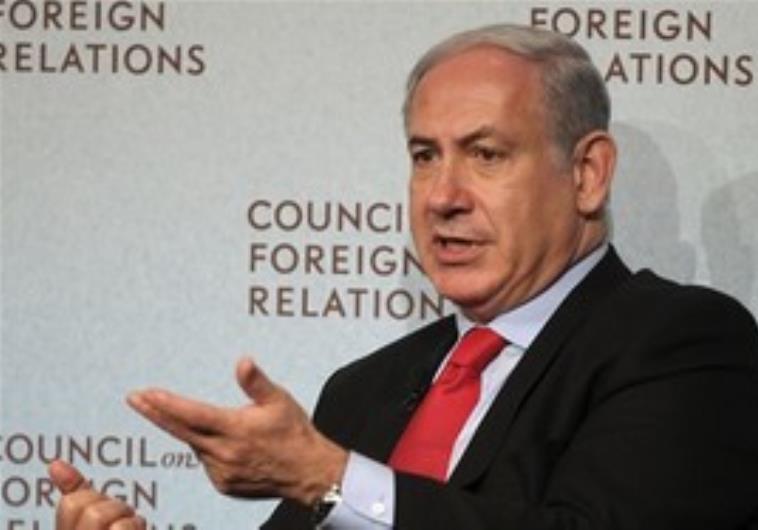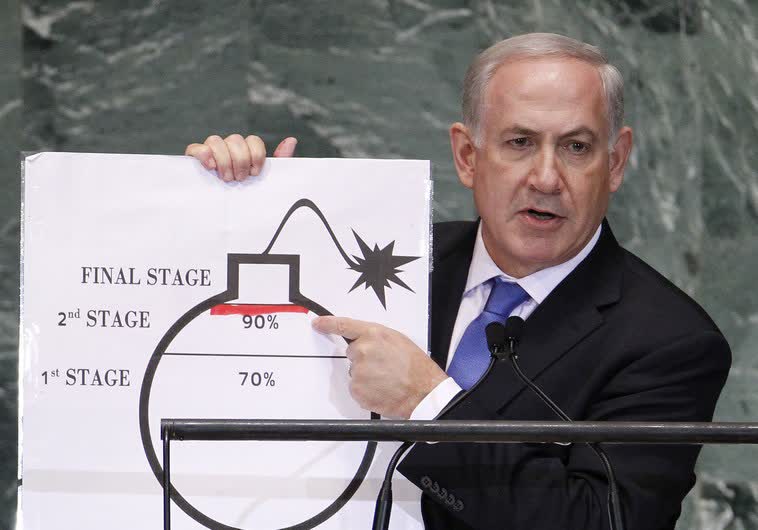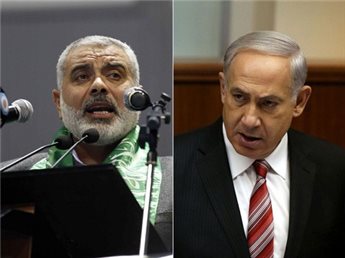In 2005, while attending a conference on Economic Development in the Eastern Mediterranean sponsored by the World Bank, I met a Professor of Economics from the Islamic University of Gaza. Professor M came to the conference because he understood that there might be some Israelis there. I was the only Israeli in attendance. Professor M was a member of Hamas and had never met an Israeli or a Jew before. He decided that he wanted to meet an Israeli to see if what he was taught about them was true. Professor M and I spent about 6 hours together over the next two days in intensive dialogue. There was very little that we agreed on but the main point of agreement was the importance of our dialogue. I proposed that we continue to talk and that we each bring a few others to form a small group of people from Hamas and from Israel. After clarifying the legalities of holding such meetings, I easily recruited a small group of Israelis (with a large waiting list) and Prof. M recruited a group of his colleagues. Knowing that it would be impossible to hold the meetings in Israel or in Gaza, I found four neutral countries that did not designate Hamas as a terrorist organization that agreed to host our meetings (Switzerland, Turkey, Norway, and Russia). In the end, the meetings did not talk place because the leadership of Hamas vetoed this dialogue despite the fact that one of the participants was going to be an advisor to the Hamas Prime Minister. During the period of trying to establish the dialogue group I visited Gaza twice, went to meet the participants at the Islamic University, and spent two hours in a meeting in the Hamas Prime Minister’s office. It was through Prof. M that I opened a secret direct channel one week after Gilad Schalit was abducted which eventually led to the official negotiations for his release and 1027 Palestinian prisoners.
I believe that I am the Israeli who has spent more time talking directly with Hamas leaders (not in prison) than any other Israeli. Through those contacts at least two ceasefires were secured and of course the opening of the channel and the negotiations of principles for the prisoners deal of 2011. I have been continuously trying to arrange a deal that would bring back the bodies of the two Israeli soldiers, Hadar Golden and Oron Shaul, and the two Israeli civilians presumed to be alive Avera Mengisto and Hisham A-Sayed. But with equal importance I have been trying to speak to both side about a long term ceasefire that would include ending the Israeli and Egyptian military siege on Gaza and the threat of rockets to hundreds of thousands of Israelis.
Whether we like it or not Hamas is here to stay. Hamas is part of Palestinian society and even if they eventually fall out of power, they will remain part of the Palestinian political arena. Hamas of 2023 is not the same Hamas of 1988. The pressure of governing for years has forced Hamas to consider its policies and practices beyond its ideology. Adhering to a ceasefire in the last flare up in Gaza between Israel and Islamic Jihad is just one small piece of evidence of how the responsibility of governing impacts Hamas’s decision making. Hamas is still a radical Islamic fundamentalist organization. But Hamas is neither pan-Islamic nor crazy like ISIS. Hamas is an Islamic Palestinian national movement and it sees as its primary goal the liberation of Palestine. Hamas is a repressive regime and I have heard countless stories from friends in Gaza about how terrible it is to live under the Hamas regime. People are tired of getting killed for nothing. Gaza is not being freed by Hamas nor any other part of Palestine. People speak about how Hamas has turned Gaza into a constant war zone. Of course, Israel plays a very large part in that as well. The young people of Gaza have no hope and want to just run away – and they are running away every opportunity they find, no matter how dangerous it may be. The people of Gaza are living in fear of the regime, its police and security services. They are afraid to speak out, to organize, even to write something against the regime in the social media.
A new docuseries called “Whispered in Gaza” is an unprecedented series of animated videos, drawn from interviews carried out by the NY-based Center for Peace Communications of ordinary Gazans tell heartwrenching stories. These short video stories represent a rare opportunity for ordinary, courageous Gazans to tell the world what life is like under the rule of Hamas. These are stories that I have heard many times before. It is also an opportunity for leaders to hear the stories as well. Hamas usually has been good at having its finger on the pulse of its society. But it seems to me that over the years they have lost contact with the reality that they control. They are out of touch. Hamas gains power and support when Gaza is under attack by Israeli but losses power and support during more peaceful times. Seventeen thousand Gazans now are employed in Israel and are bringing about $25 million every month into the Gazan economy. That has a huge impact on the lives of hundreds of thousands of people there and also creates pressure on Hamas not to take actions which would prevent those people from working.
Hamas wants legitimation. Hamas wants the world to recognize that it is a legitimate part of Palestinian political life. Ideologically Hamas has always rejected what are known as the Quartet conditions for recognition: renouncing violence, adhering to the Oslo agreements, and recognizing Israel. They will not change their official position on any of these. Hamas will not adhere to the Oslo agreements, but neither does Israel nor the Palestinian Authority. The issue of recognizing Israel is far away from where Hamas is today. But Hamas is capable of being more pragmatic and more realistic in its policies and actions. Hamas is capable of reaching understandings for a long-term ceasefire. Hamas will not lay down its weapons, nor will it stop producing and improving the fire power of its rockets. Hamas will not cease trying to gain power in the West Bank as well. Hamas wants to remain strong but they are also capable of finding a modus vivendi with Israel. The recent release of the video of Israeli citizen Avera Mengisto (assuming that it is in fact really him) is a signal that Hamas is prepared to be more practical. They will continue to demand the release of Palestinian prisoners that Israel will refuse to release, but after more than eight years in captivity, it seems that Hamas may be prepared to finally make a deal that will return the bodies of Hadar Goldin and Oron Shaul and the living civilians Hisham A-Sayed and Avera Mengisto.
This is the situation. Israel’s policy of keeping a weakened Hamas in power and an illegitimate Palestinian Authority in Ramallah has enabled Israel and the world to claim that there is no Palestinian partner for peace. For quite some time there has been no Israeli partner for peace as well. It is in Israel’s interest and the interest of Israel’s and Palestine’s neighbors to encourage Hamas to become increasingly pragmatic. It is very important to enable people in Gaza to live with some hope and to have basic human rights and dignity. That process is dependent on Israel, Egypt, the Palestinian Authority and on Hamas itself. Eventually there will be new democratic elections in Palestine for a President and a Parliament. In order for those elections to be meaningful it is essential that Hamas participate in them. This is the only way that the outcome of those elections can bring a reunification of the Palestinian leadership. Before those elections are held, policies by Israel, Egypt, the Palestinian Authority, the region and the rest of the international community should seek to engage directly with Hamas and to push forward opportunities for Hamas to demonstrate pragmatism.


